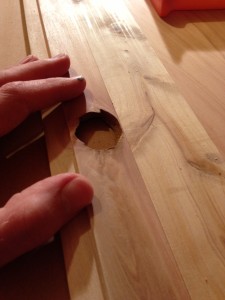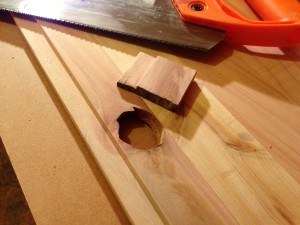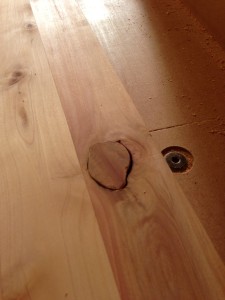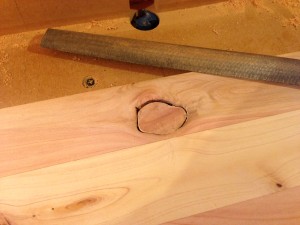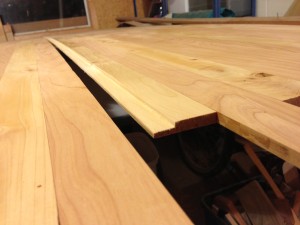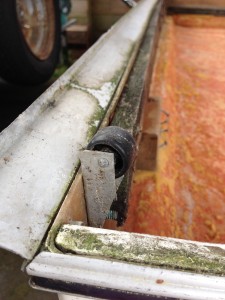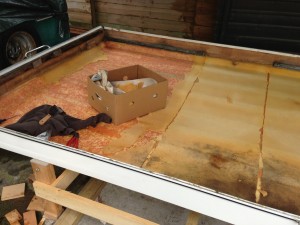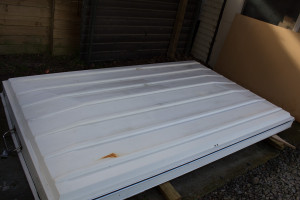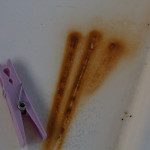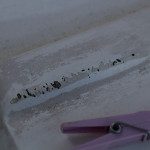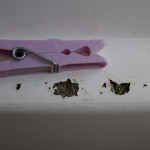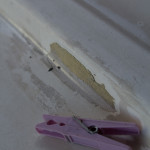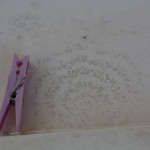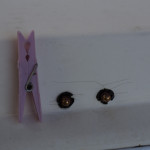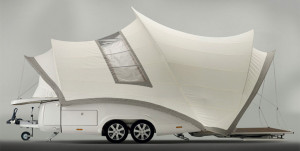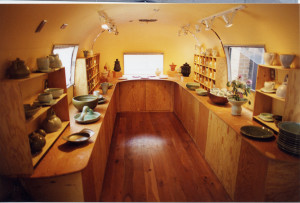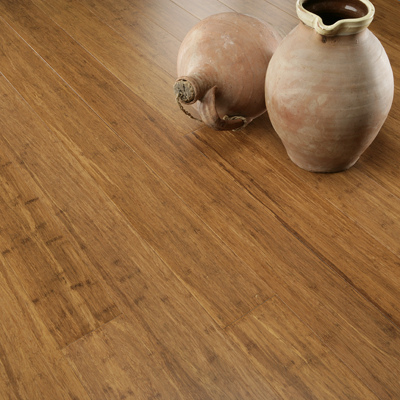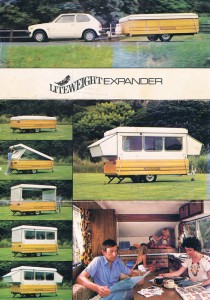I haven’t posted in a while – mostly because I’ve been busy on all my other projects – so here is a very quick update of progress with some pictures 🙂
First job was installing the roof. Carbonised bamboo on either side, with a panel of Lawson Cypress in the middle and remote-controlled 12v LED down lights.
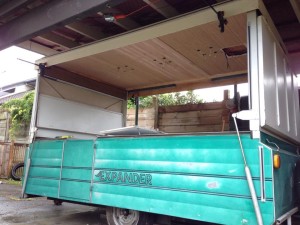
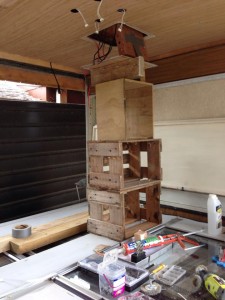
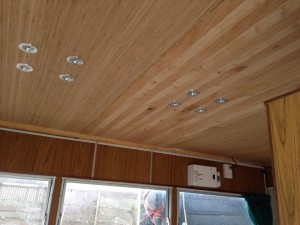
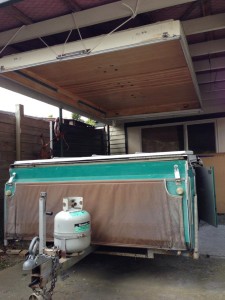
After a few camping trips, Wife and I were ready for a better bed. We decided to put in a a permanent (almost) full-size double bed to replace the folding table and squabs. The mattress was made to order by a local bed manufacturer and is only 3cm shorter and the same width as a full double. We also removed the wardrobe to get extra room for the bed.
The bed folds upwards to allow access to all the storage room underneath.
The kitchen was removed because we never used it and we always cook in the awning. This allowed room for the bed, too, and I’m making new cabinets to fit the smaller space.
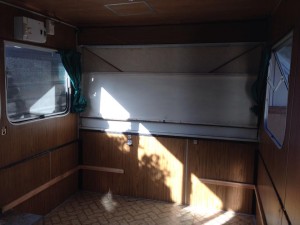
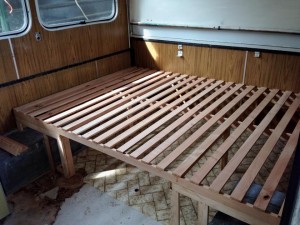
The next job were a few interior modifications. I added a shelf at one end for baskets (clothes etc) that folds up against the wall. We’re removing the wardrobe, so we need extra storage. Another shelf is planned for the other end, but hasn’t been done yet. Also added a side for one of the beds – our girl was only 1yr old at this stage and we didn’t want her falling out!
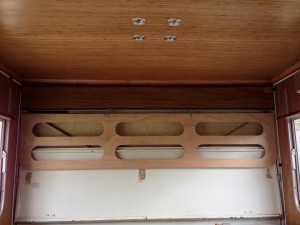
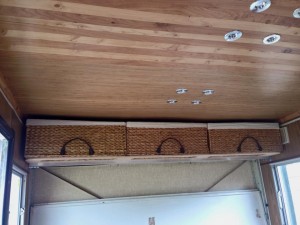
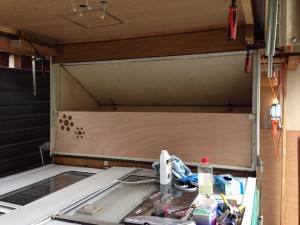
Next up was a new floor to match the ceiling. The old lino floor looked pretty horrible compared to the ceiling!
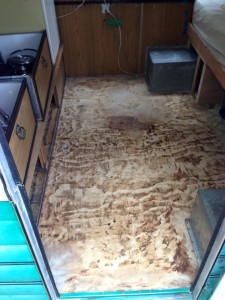
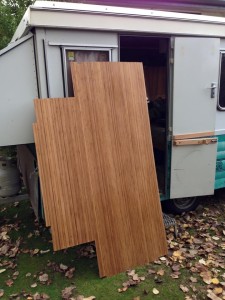
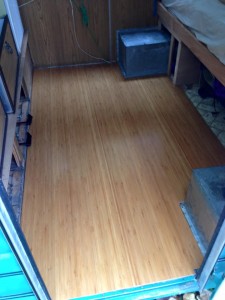
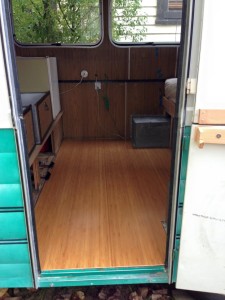
Currently I’m building the new cabinets to replace the kitchen that was removed (kept the fridge) and prepping the interior for painting!
